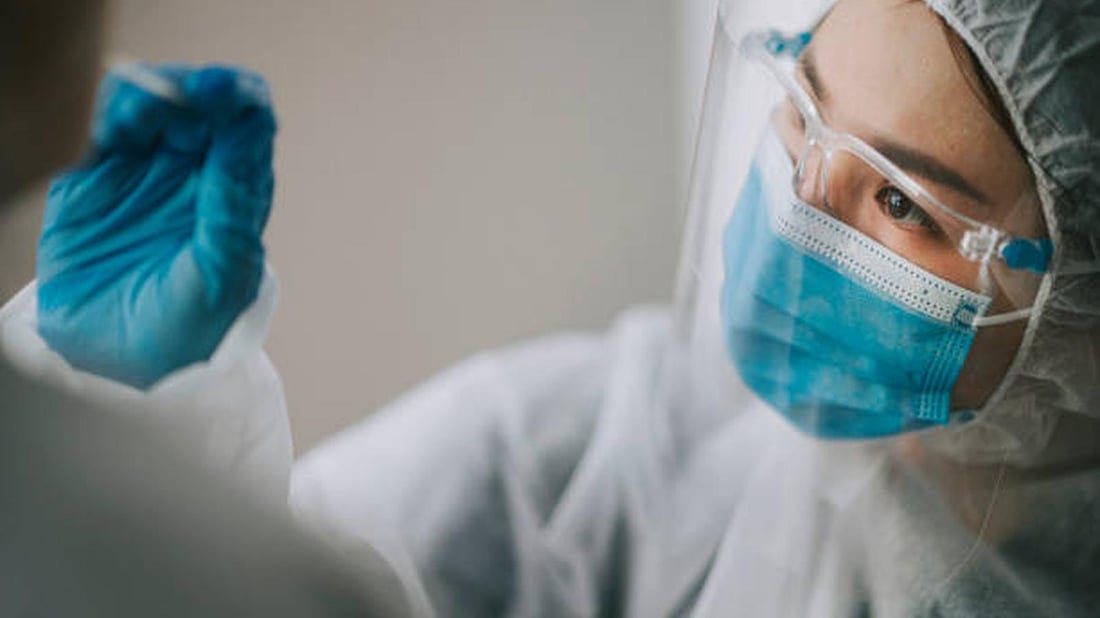Surgical Gowns: Ensuring Optimal Protection in Medical Settings
Introduction:
Surgical gowns play a vital role in maintaining the safety and well-being of healthcare professionals and patients in medical settings. These gowns are designed to provide a barrier between the surgical team and potential contaminants, minimizing the risk of infection transmission. With advancements in technology and materials, surgical gowns have evolved to offer optimal protection while ensuring comfort and ease of use. In this article, we will explore the key features and considerations that contribute to the effectiveness of surgical gowns in medical settings.
1. Material Selection:
One of the crucial aspects of surgical gowns is the choice of materials. Gowns are typically made from non-woven fabrics, which offer excellent fluid resistance and barrier properties. These fabrics are breathable, preventing the buildup of heat and moisture, and ensuring comfort during long procedures. Additionally, they are usually disposable, reducing the risk of cross-contamination and eliminating the need for costly and time-consuming laundering processes.
2. Level of Protection:
Surgical gowns are available in different levels of protection, ranging from minimal risk to high risk. The level of protection required depends on the nature of the procedure and the potential for exposure to blood, bodily fluids, or other infectious agents. Gowns are categorized based on their resistance to penetration by liquids and their ability to repel viral particles. It is essential for healthcare professionals to select the appropriate level of protection to ensure optimal safety for both themselves and their patients.
3. Design and Construction:
A well-designed surgical gown should provide full coverage, including the arms, torso, and legs. It should have long sleeves with snug-fitting cuffs to prevent any gaps that could allow contaminants to enter. The gown should also have a secure closure system, typically at the back, to ensure a proper fit and prevent any accidental exposure. Additionally, some gowns feature reinforced areas such as the chest and shoulders to provide extra protection during high-risk procedures.
4. Sterility and Sterilization:
Maintaining sterility is a critical aspect of surgical gowns. Gowns should be packaged and stored in a way that preserves their sterility until the moment they are needed. Proper handling and storage practices are essential to prevent contamination. In situations where reusable gowns are used, they must be properly sterilized after each use to ensure their effectiveness in subsequent procedures. Regular inspections and quality control measures should be implemented to monitor the integrity and sterility of surgical gowns.
Conclusion:
Surgical gowns are a fundamental component of infection control in medical settings. Their ability to provide optimal protection against potential contaminants is crucial in safeguarding both healthcare professionals and patients. By carefully considering factors such as material selection, level of protection, design, and sterilization, healthcare facilities can ensure that surgical gowns offer the highest level of safety and comfort. Continuous advancements in gown technology will further enhance their performance, contributing to improved patient outcomes and a reduced risk of healthcare-associated infections.

